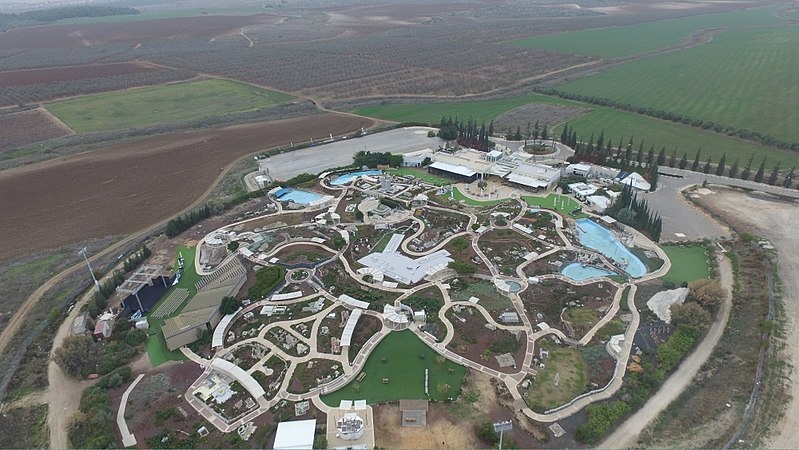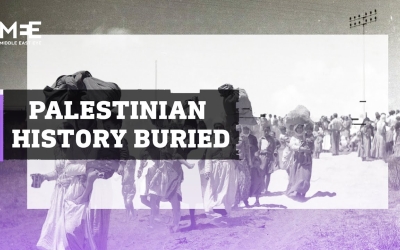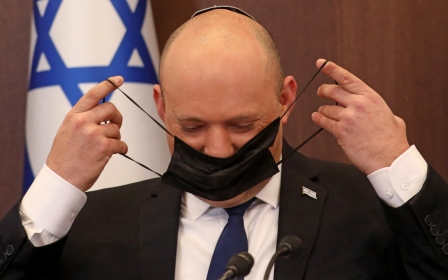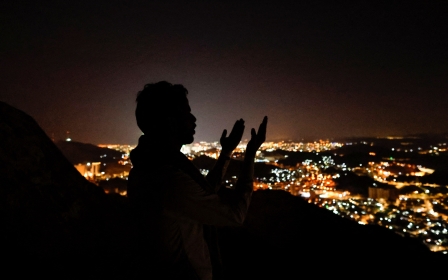Egyptian soldiers killed in 1967 are buried under Israeli tourist park, report reveals

About 80 Egyptian soldiers killed during the 1967 Middle East War are buried under a popular Israeli tourist park, according to a report published by Haaretz on Friday.
Haaretz revealed that inhabitants of the Israeli kibbutz where the soldiers are buried attempted to speak out about the episode in the 1990s, but were censored by the Israeli army.
During the 1967 war, Israel triumphed against Syria, Egypt and Jordan, occupying the Sinai Peninsula, the Golan Heights, the Gaza Strip, the West Bank and East Jerusalem. Egypt's casualties during the war exceeded 11,000.
On 5 June 1967, fighting broke out between Israeli troops and an elite group of 100 Egyptian soldiers in Kibbutz Nahshon, a settlement in "no man's land" along Israel's 1948 borders and the now illegally occupied West Bank.
According to Ze’ev Bloch, a regional Israeli commander stationed in Nahshon, the Egyptian soldiers at the time were in a state of “confusion, shock and fear” and were “lost in the field”.
New MEE newsletter: Jerusalem Dispatch
Sign up to get the latest insights and analysis on Israel-Palestine, alongside Turkey Unpacked and other MEE newsletters
While being encircled by Israeli troops, 25 Egyptian soldiers were killed by a fire that was ignited in the fields and phosphorus shells. Others were killed in exchanges of gunfire, bringing the total death toll to 80.
Days later, Israeli authorities dug a 20-metre grave and buried the Egyptian soldiers' bodies together, taking no items from them that could later lead to identification.
In a pamphlet published a year after the war, one local inhabitant described how he sensed a horrible smell from the mass grave that made him “dizzy”. When he later went to locate the smell, he found the body parts of the Egyptian troops.
The site is now home to Mini Israel, a tourist attraction with hundreds of miniature replicas of landmarks and buildings in Israel and the occupied Palestinian territories.
Covered up to prevent a 'furore'
Information about the mass grave was covered up for decades because it was “liable to generate a regional furore”, a military source told Haaretz.
A member of the kibbutz spoke to the media in the 1990s about the episode, but a unit in the Israeli army’s intelligence directorate prevented it from being published.
“It’s not right that they are still buried there and that we turned the plots of land into a full-fledged agricultural area,” Dan Meir, a local kibbutz member who has since died, said at the time.
“This story distresses and haunts me. Almost 30 years have passed [since 1967] and I feel a need to unburden myself. I want the Egyptians to be returned to their home.”
Meir said that at the time of the burial, the Israeli army did not put up any signs or fence off the area.
Yosef Schreiber, another local who has also since died, said in the banned 1990s article: “I have no doubt that we need to approach the IDF [Israeli army] and try to finish this business. I think that everyone needs to do whatever is possible in order [to] return the Egyptians to their home.”
It is likely, according to Haaretz’s report, that the soldiers remain buried there. A source who deals with those who went missing during Israel’s wars said an operation to remove dozens of bodies from a grave of this size would not have been possible without local knowledge. Another source said that he was unaware of any request by Egypt to disinter the bodies and repatriate them.
In January, Haaretz revealed that a mass grave of Palestinians massacred in the village of Tantura in 1948 had been discovered under the car park of a popular Israeli beach.
Middle East Eye delivers independent and unrivalled coverage and analysis of the Middle East, North Africa and beyond. To learn more about republishing this content and the associated fees, please fill out this form. More about MEE can be found here.





